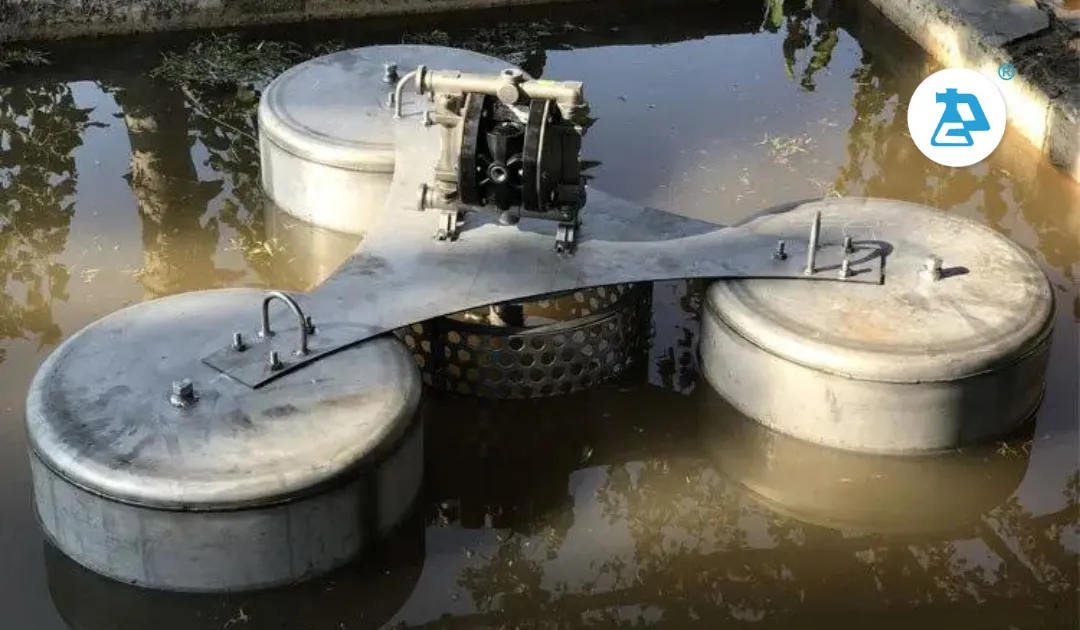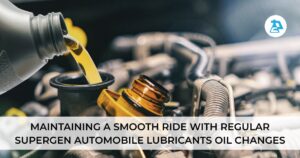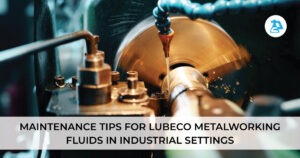Oil skimmers are important tools used by many industries to separate oil from water and other fluids, such as grease and other hydrocarbons. They are crucial for managing oil spills and maintaining clean water. Oil skimmers are very important tools for industries to maintain water and environmental quality and comply with necessary standards. Understanding the different types of oil skimmers and their applications can help industries select the right tool for their operations, leading to better environmental compliance and operational efficiency.
Choosing the right oil skimmer depends on several key factors, such as operational size, oil type and volume, operating environment, and desired efficiency. This is essential to ensure oil or impurity removal as well as operational efficiency. This blog takes a detailed look at the various types of oil skimmers and how they function.
-
Tube Oil Skimmers
Tube oil skimmers use a continuous loop of tubing that dips into the fluid. The tubing loves oil and, thus, attracts it and carries it away for collection in a dedicated area. These skimmers are efficient, versatile, and take up very little space, which makes them perfect for large tanks. They can handle different types of oils. Tube oil skimmers are prone to getting clogged due to debris and require constant maintenance to keep them functioning properly. Another drawback of this skimmer is that it cannot be used for greater depths of water.
-
Belt Oil Skimmers
Belt oil skimmers work with an endless belt coated in an oleophilic material that loves oil. The belt rotates continuously through the liquid, picks up the oil, and carries it to a discharge point. These skimmers are compact and adaptable and can handle thick oils, emulsions, and some debris as well. They are easy to install and maintain, but the belts need regular replacement and might not work well in high temperatures.
-
Disk Oil Skimmers
Disk oil skimmers use a rotating disk coated with an oil-attracting material. As the disk dips into the liquid, it collects the oil, which is then scraped off into a collection container. These skimmers are excellent for emulsions, durable, and reliable. They’re easy to clean and maintain but aren’t suitable for deep tanks.
-
Gravity Oil Skimmers
Gravity oil skimmers use the natural difference in specific gravity between oil and water. Since oil floats on water, it rises to the top and is then removed. These skimmers are simple and effective, but they aren’t suitable for all situations.
-
Belt and Disk Oil Skimmers
Belt and disk oil skimmers combine features of both belt and disk types. They use a rotating belt or disk with an oil-attracting coating to capture oil and carry it to a discharge point. These skimmers are versatile and can handle various oil types and viscosities.
-
Sponge Oil Skimmers
Sponge oil skimmers use special materials that soak up oil but let water and other liquids pass through. They work well for separating oil from water and coolant mixtures, though they might need more upkeep. Sponge oil skimmers are ideal for situations where the oil is liquid and free-flowing and where there aren’t many solvents or reactive chemicals present.
-
Coalescing Oil Skimmers
Coalescing oil skimmers use special materials to remove oil from water by combining tiny oil droplets into larger ones, which are easier to separate. Unlike traditional skimmers that skim oil off the surface, coalescing skimmers are particularly good at removing emulsified oils and can handle various oil types and viscosities. They’re also effective at separating oil from water and coolant mixtures.
-
Centrifuge Oil Skimmers
Centrifuge oil skimmers use centrifugal force to separate oil from water. By spinning the contaminated water at high speeds, the denser oil droplets move to the outside of the chamber, where they can be collected. These skimmers are especially effective at removing oil from highly emulsified water, where traditional skimmers might not work well. They are commonly used in industrial settings like oil refineries, chemical plants, and power generation facilities, providing high-efficiency and precise oil removal.
-
Floating Weir Oil Skimmers
Floating weir oil skimmers have floats and an adjustable height barrier (weir) that can be set at the oil-water interface. These skimmers are effective at removing contaminants but require more complex installation and maintenance.
-
Handheld or Suction Oil Skimmers
Handheld or suction oil skimmers are portable devices used in small spaces like sumps and manholes. They’re effective but require more manual effort and aren’t suitable for large-scale applications.
Key Factors to Consider When Choosing an Oil Skimmer
When choosing an oil skimmer, keep these important factors in mind:
- Understanding Your Needs: Start by defining what you need the skimmer for. Consider the size of the operation, the type and amount of oil, the environment it will be used in, and how efficient you want it to be.
- Skimmer Options & Suitability: Make sure the skimmer you choose can handle your specific requirements. Look at the type of skimmer, whether it’s compatible with the materials you’ll be working with, its coverage area, and its capacity and flow rate.
- Maintenance Requirements: Think about how easy it will be to maintain the skimmer. Check for ease of access, the cost of spare parts, and how much downtime might be needed for maintenance.
- Installation and Deployment: Ensure that the skimmer can be installed and used properly in your environment. Take into account factors like temperature, pH levels, and the potential for oil to emulsify.




